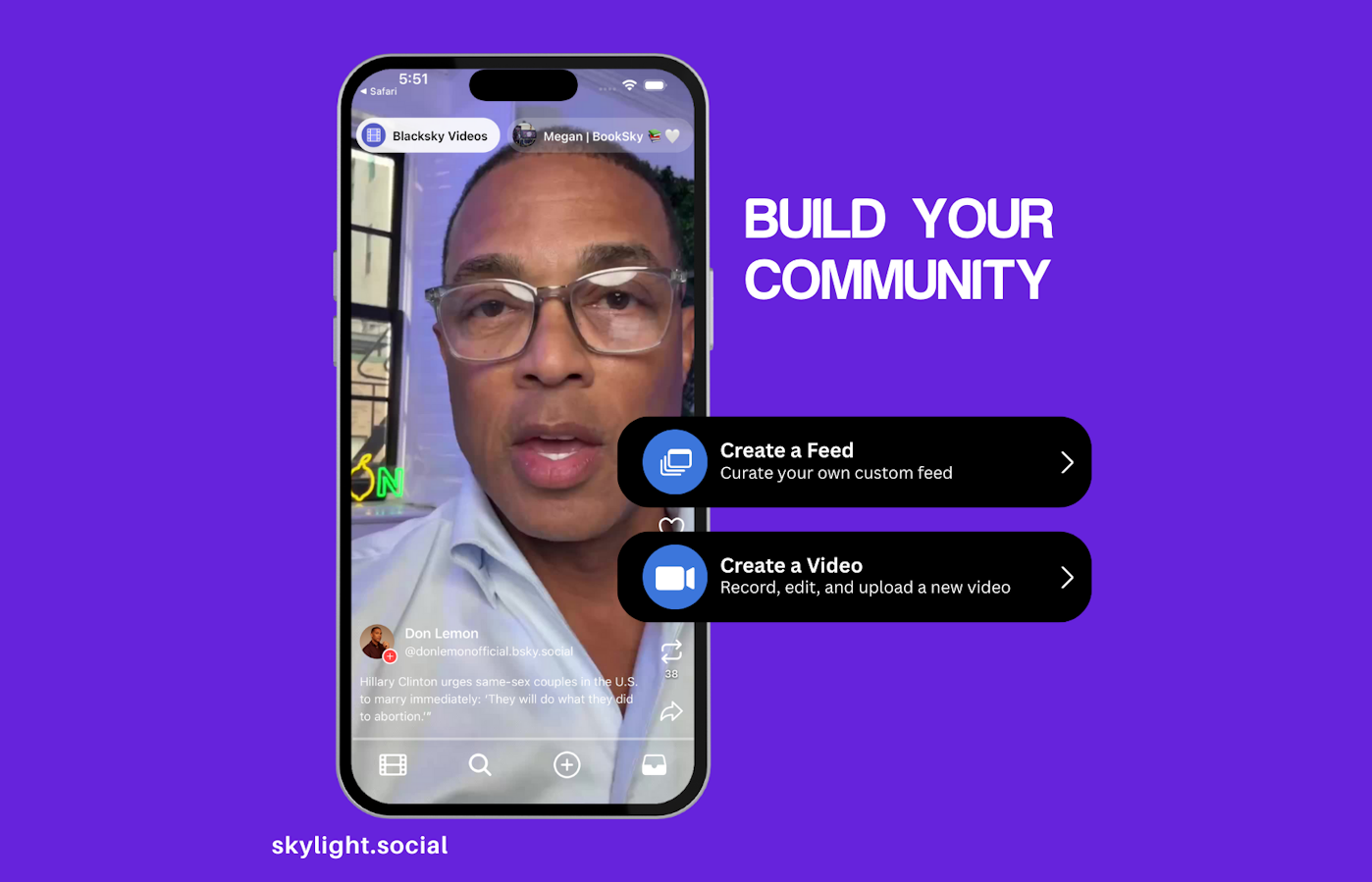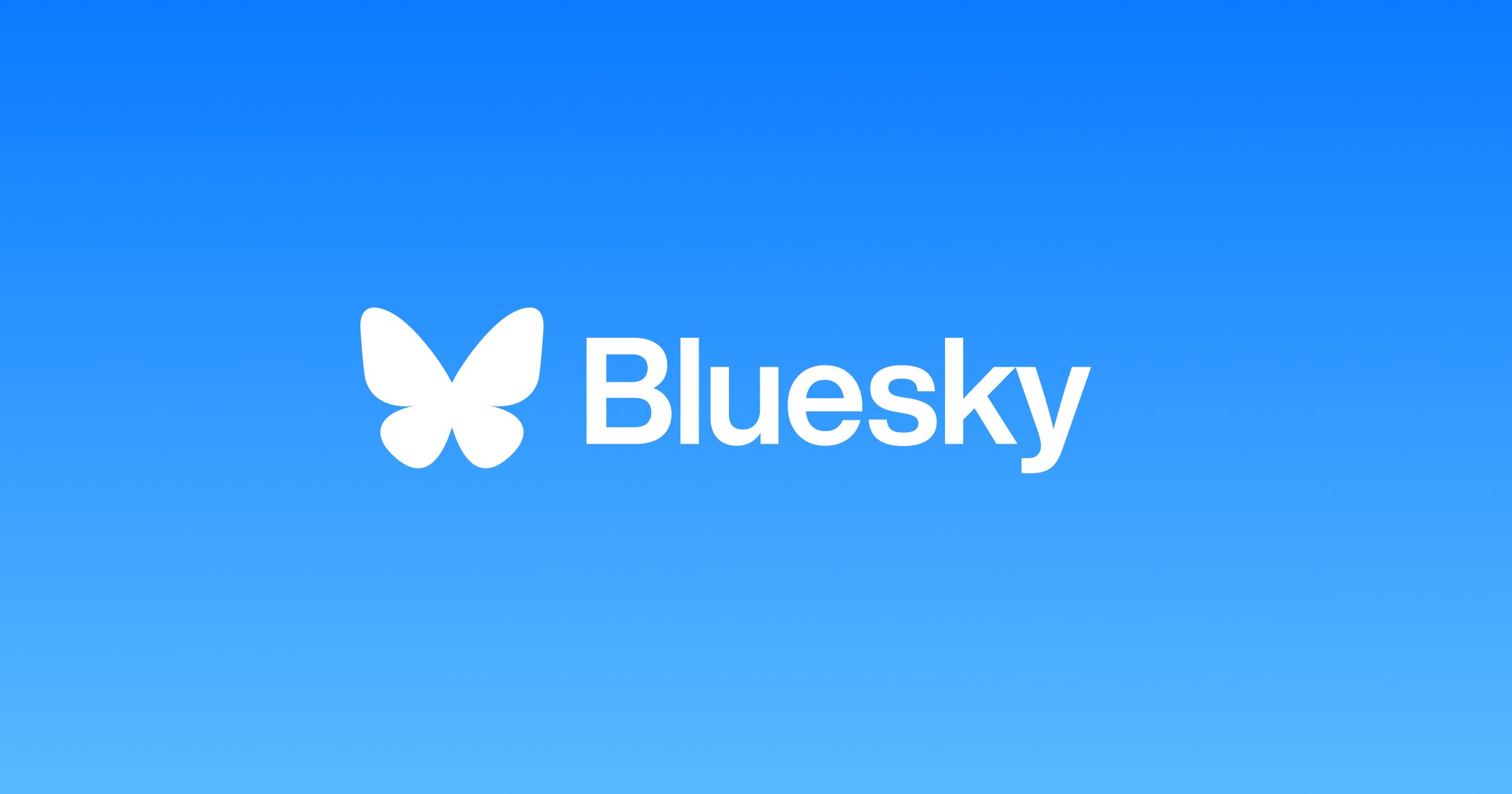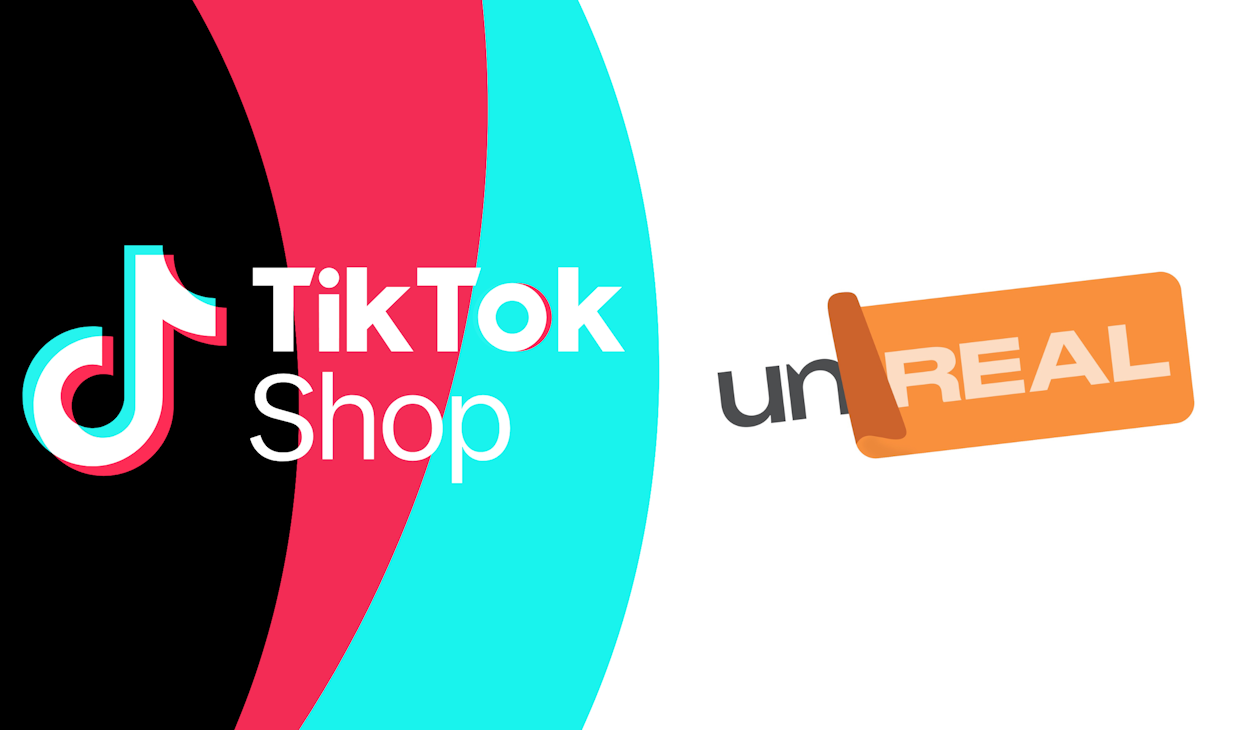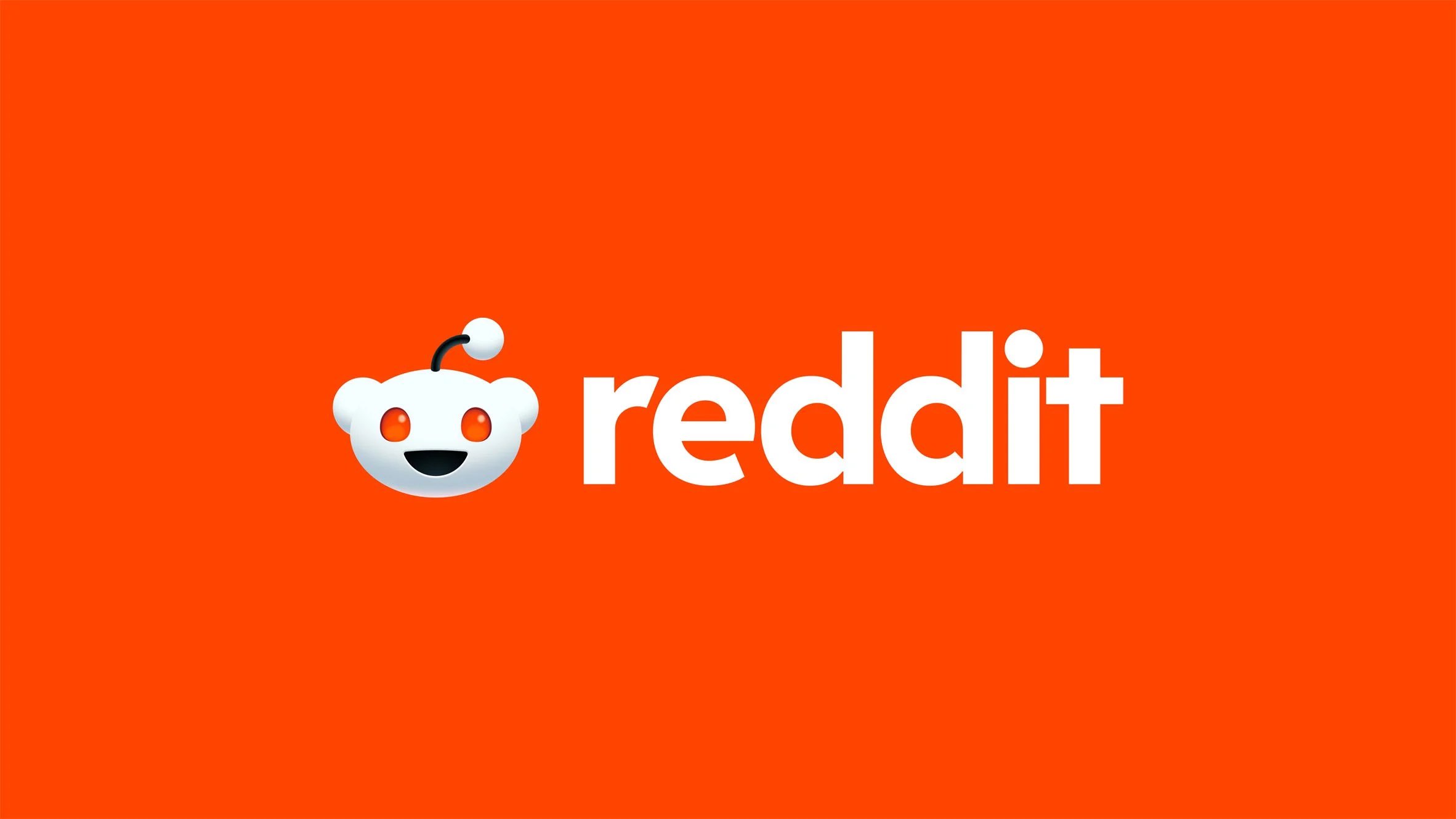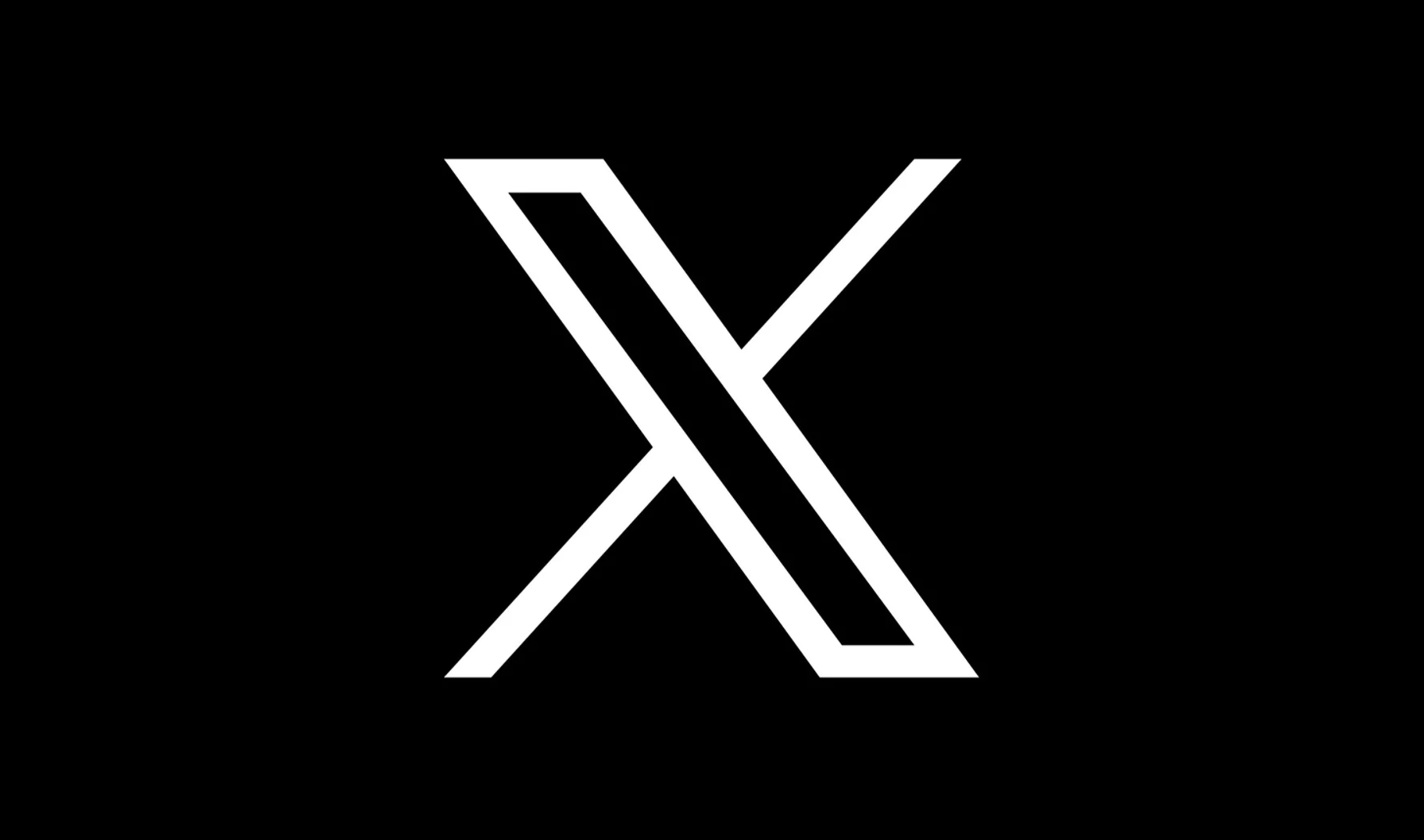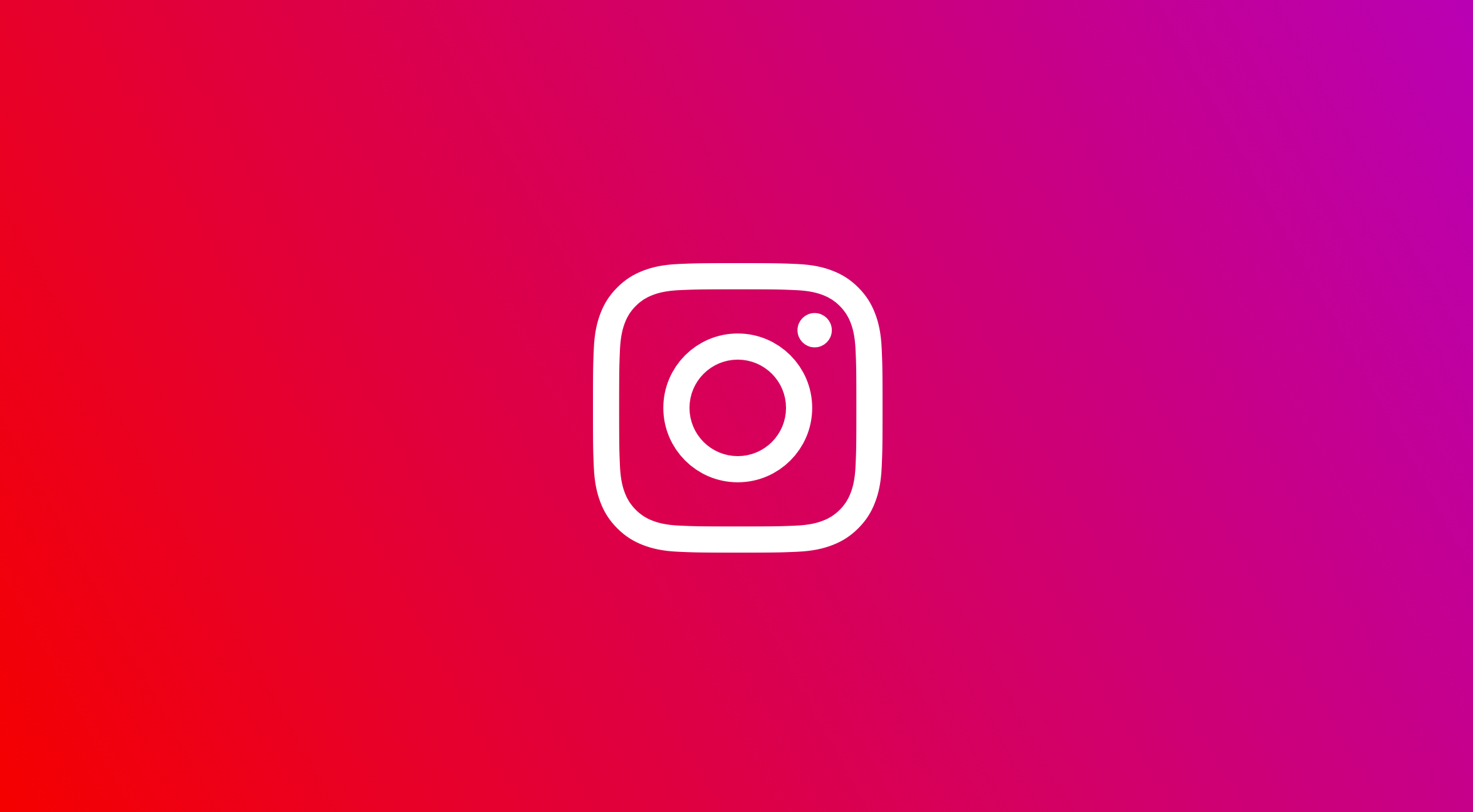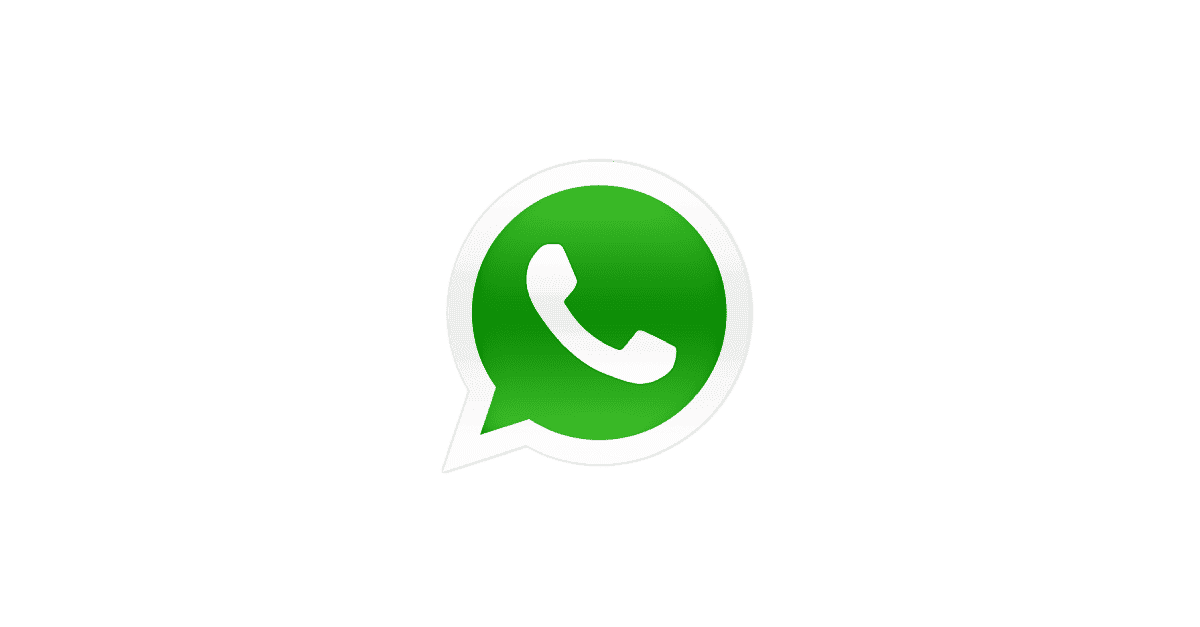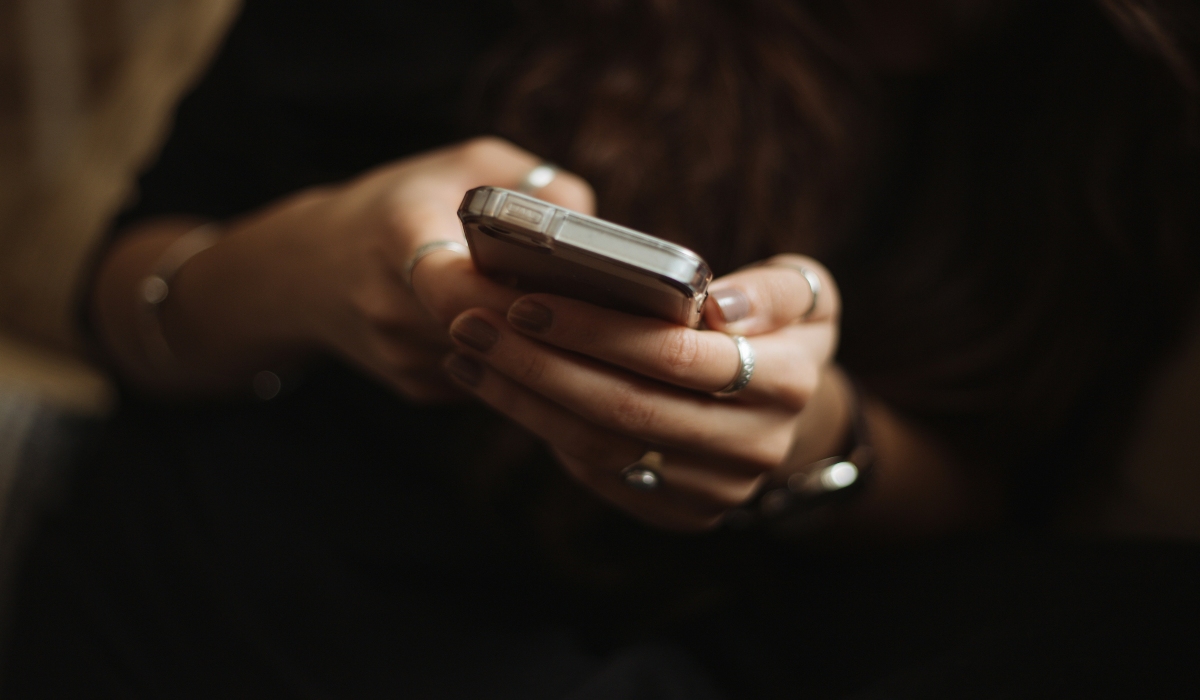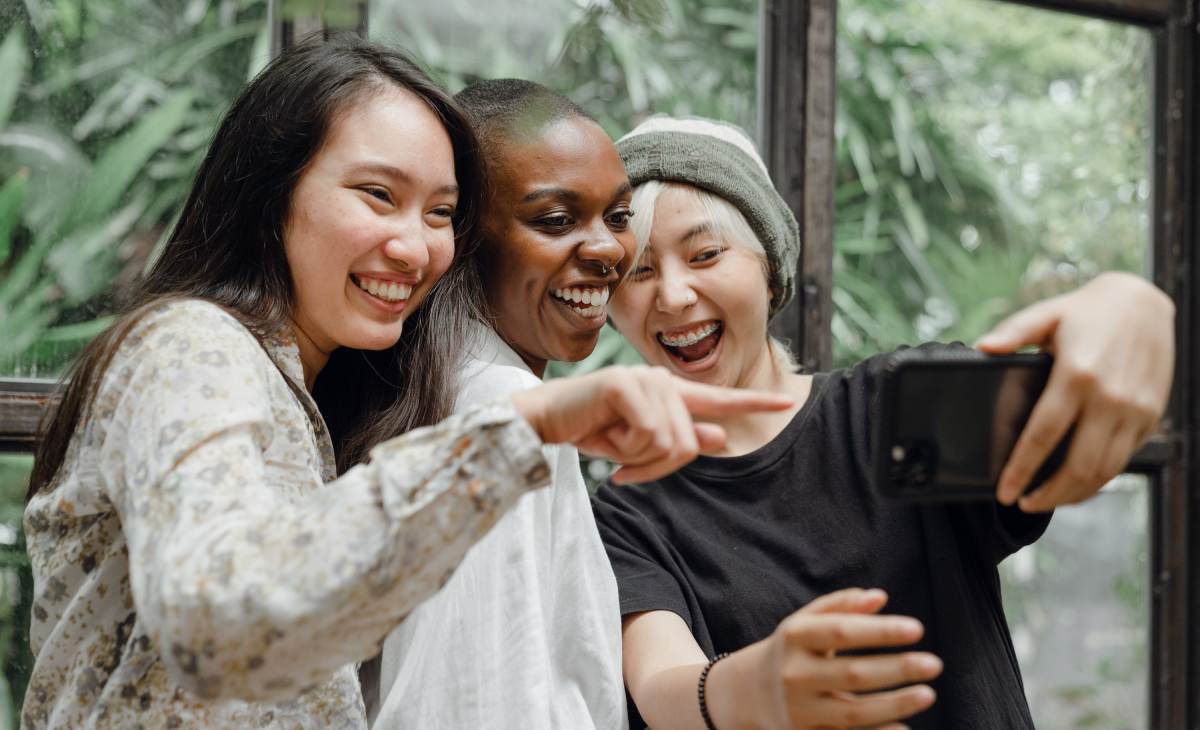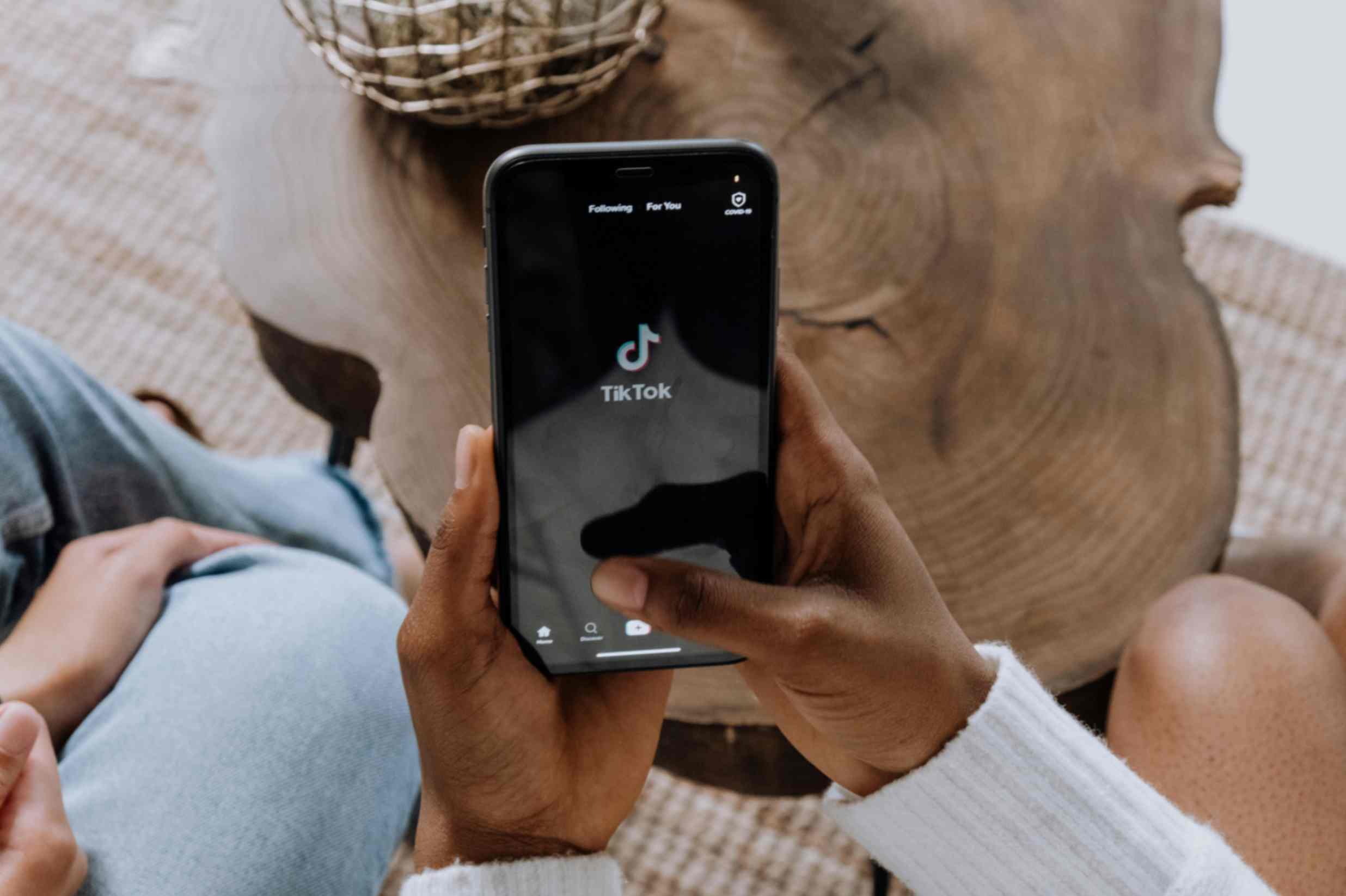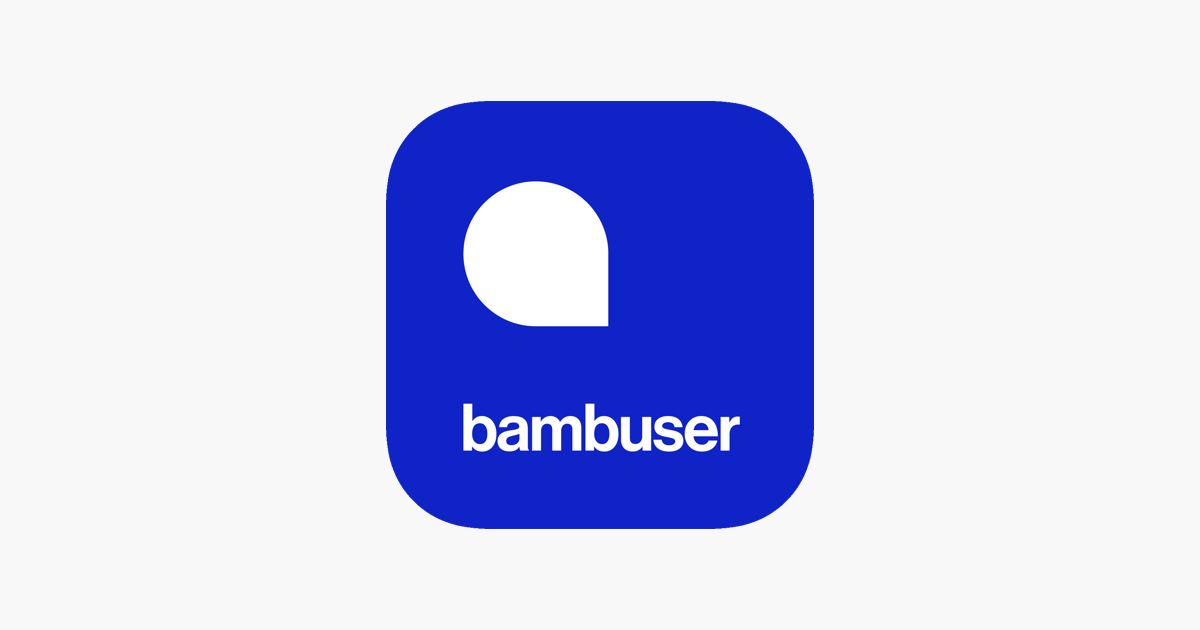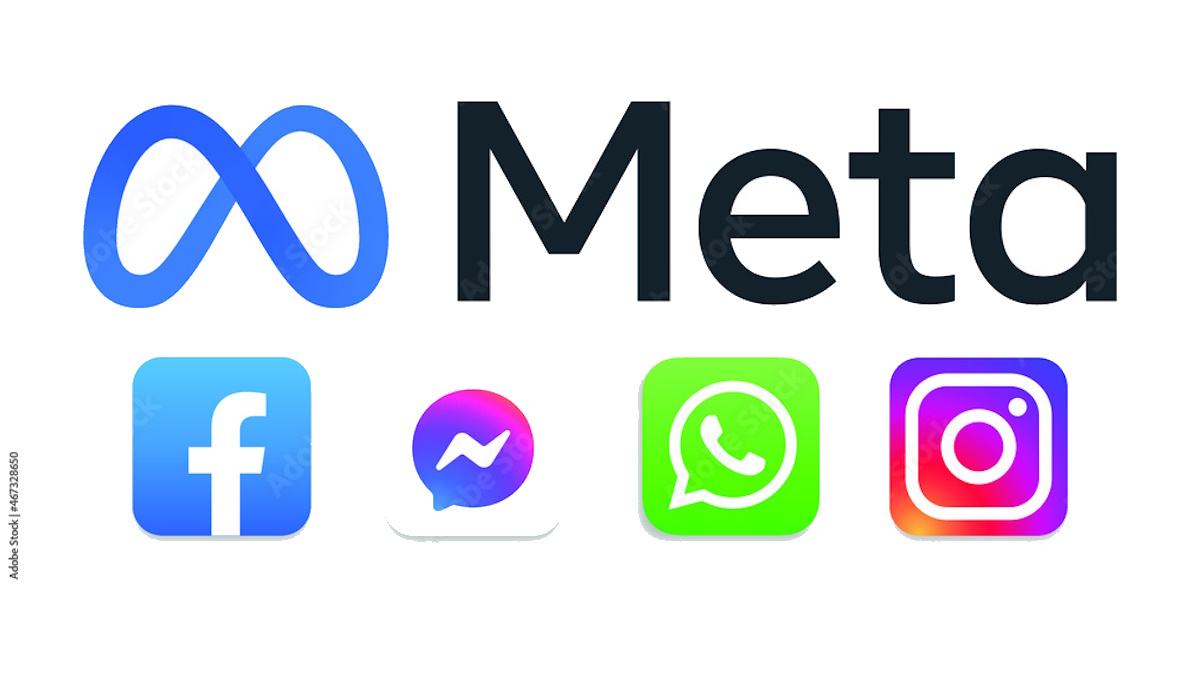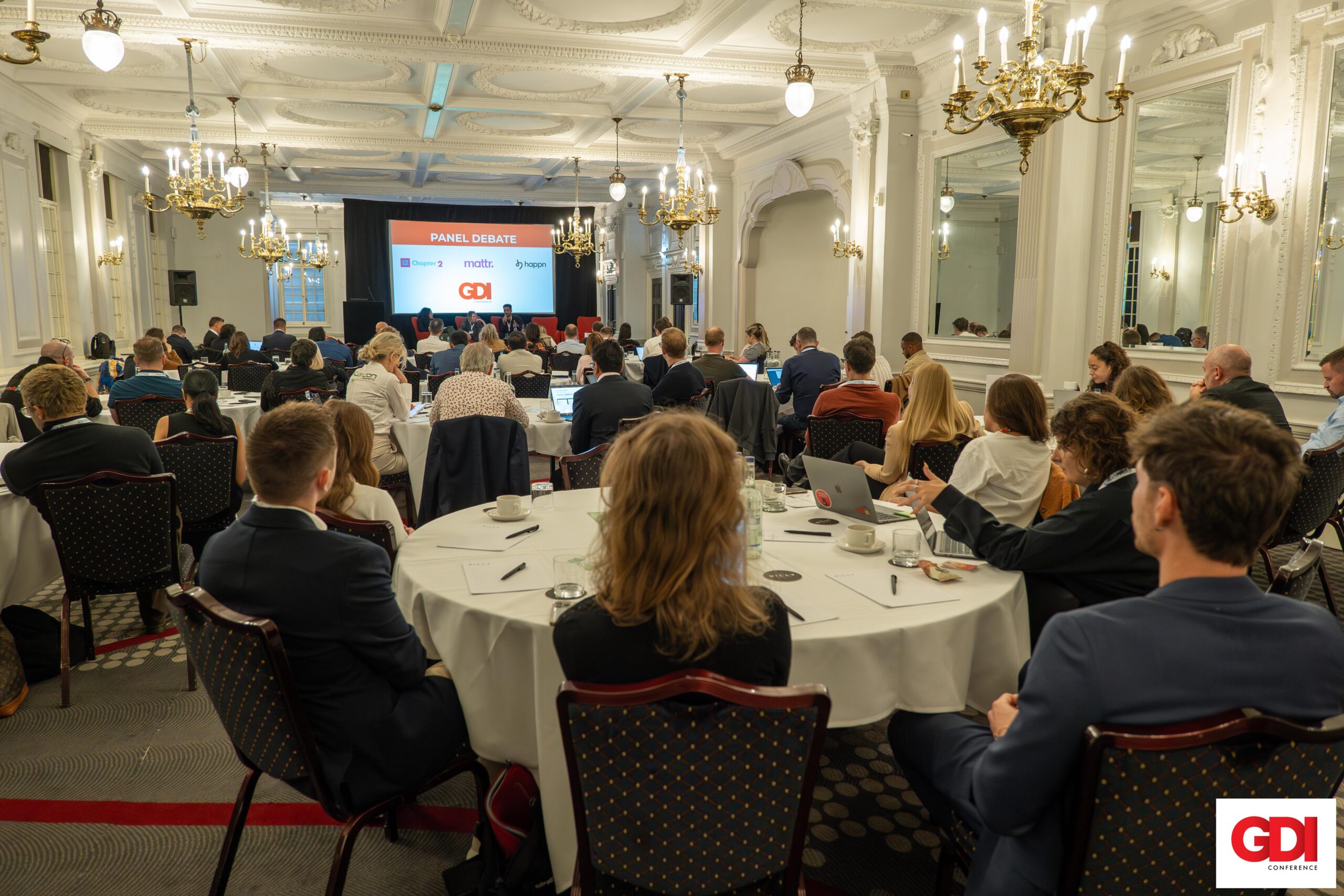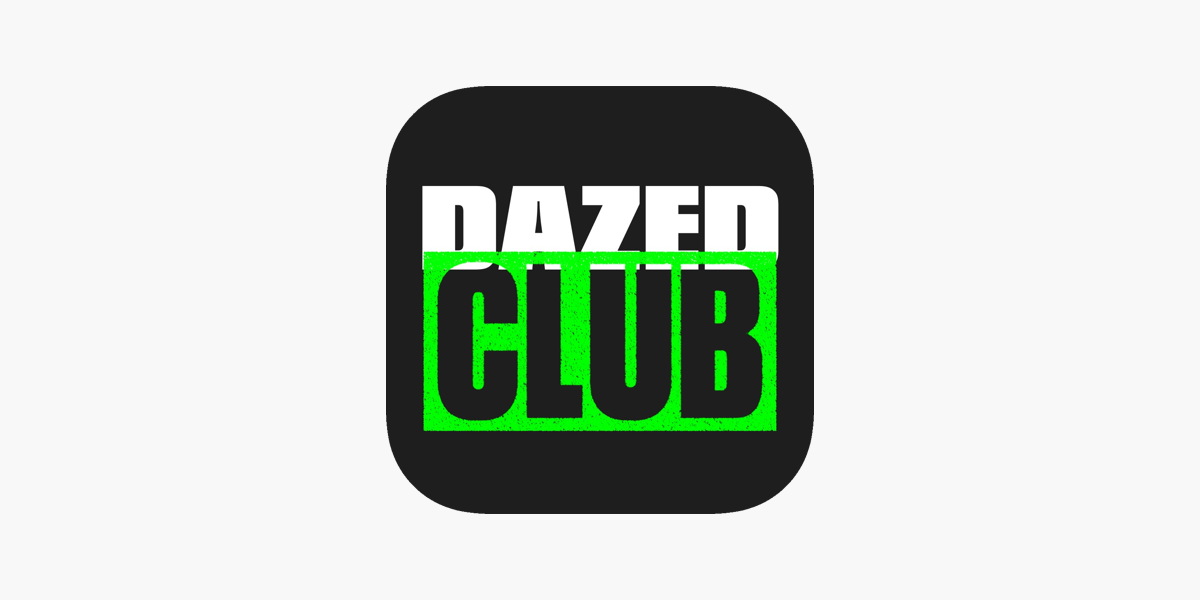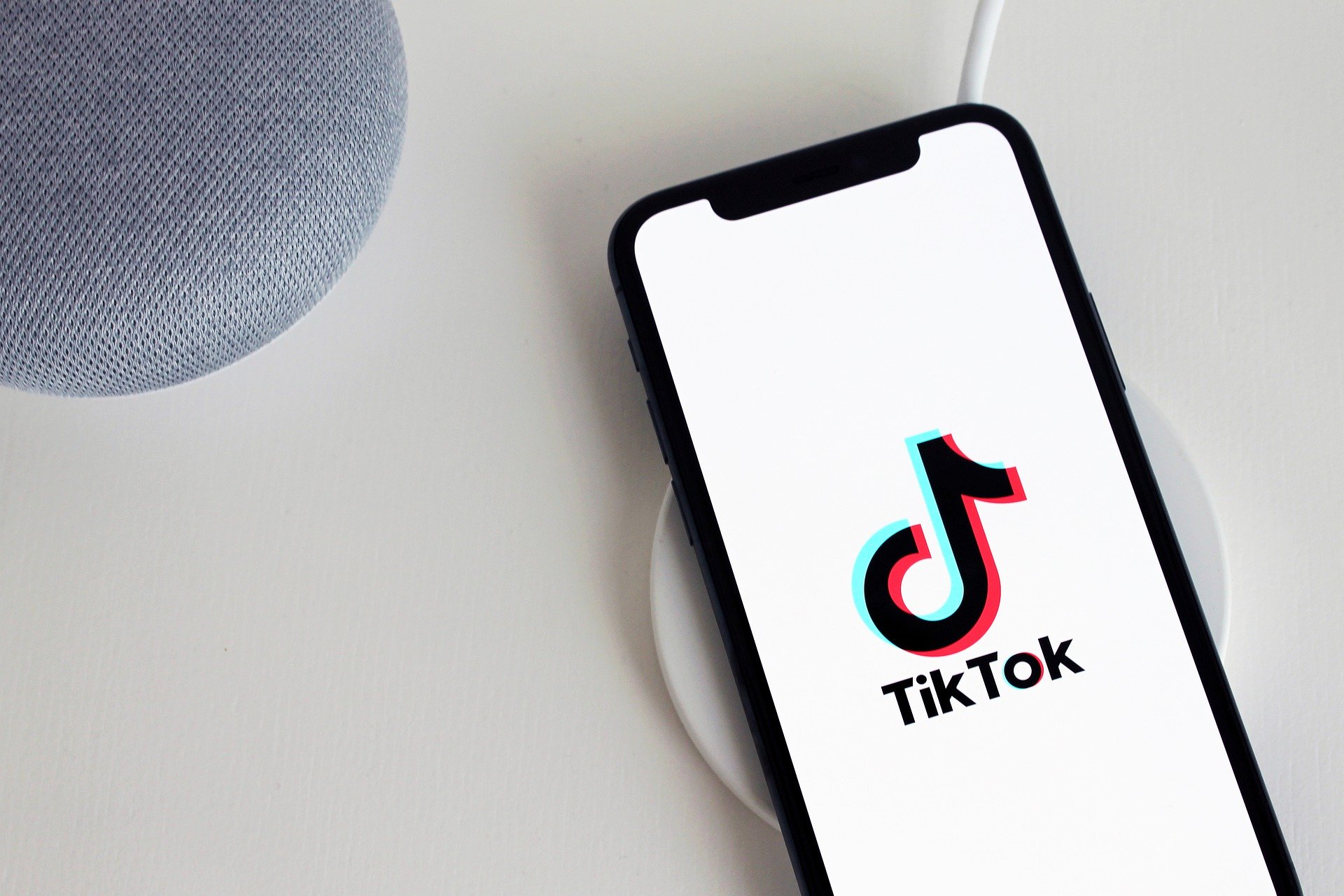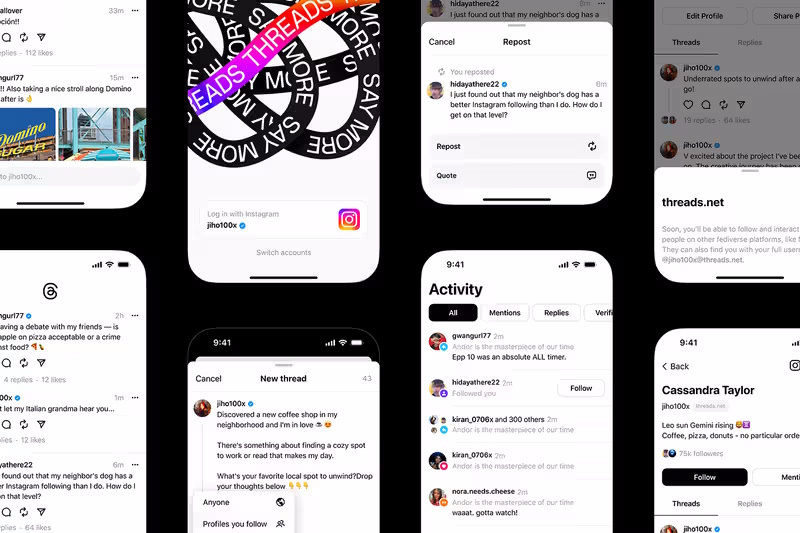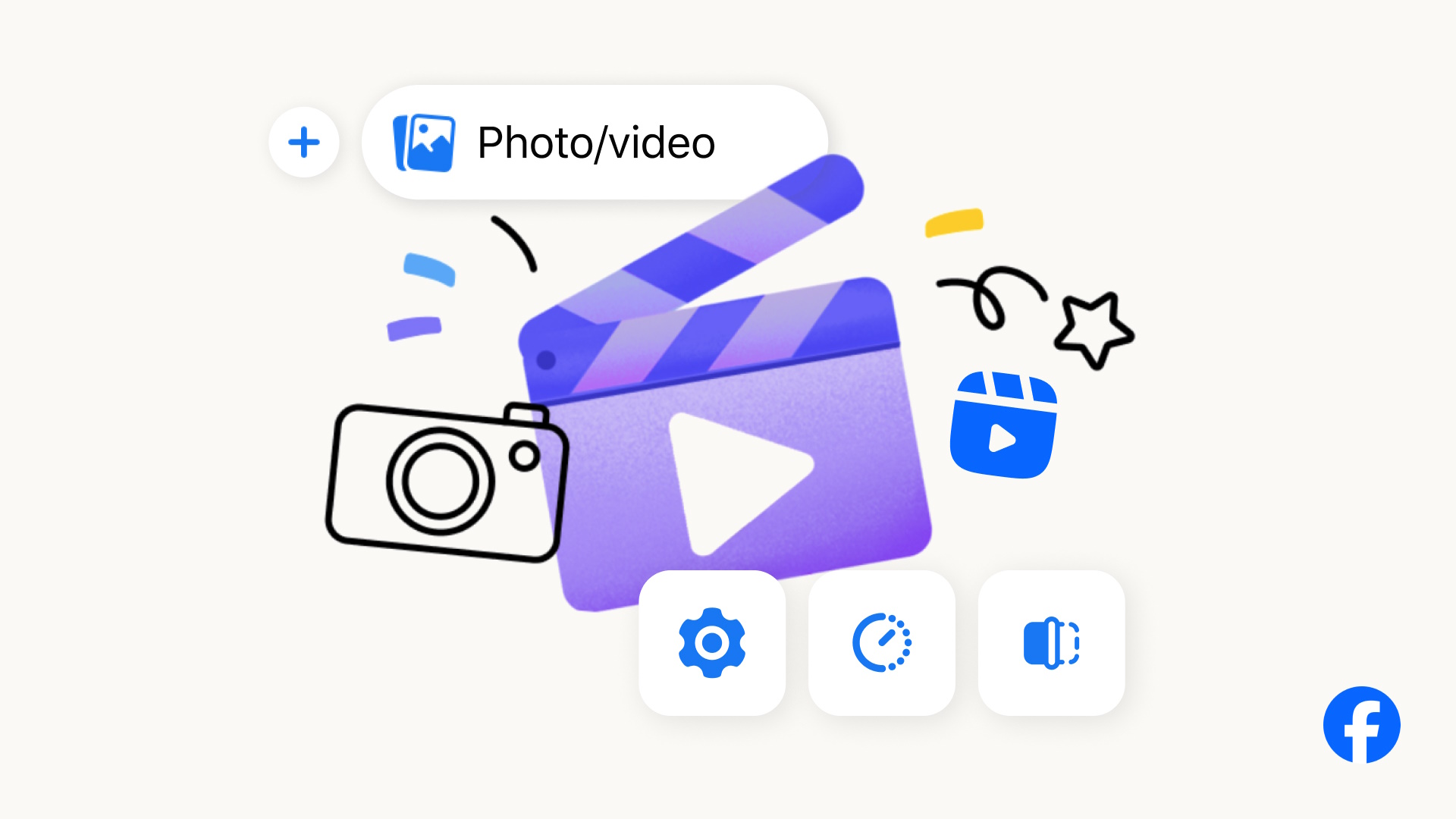Influencer marketing is gaining new momentum in 2025, with spending projected to reach nearly $33 billion globally – a 36% increase from last year, according to recent data from Statista The growth is being led by major brands doubling down on partnerships with digital creators across platforms like TikTok, YouTube, and Instagram.
This surge stems from major companies realigning strategies to reach younger, digitally native audiences who value authenticity. For instance, Unilever has announced a 20‑fold increase in influencers working on its behalf, stating that consumers are often “suspicious” of traditional corporate messaging. In parallel, over 86% of U.S. marketers are expected to engage influencers in 2025, with nearly a quarter allocating more than 40% of their marketing budget to influencer partnerships. This marks a striking change: whereas influencer budgets were once marginal, they are now becoming a core part of marketing strategy.
The broader marketing ecosystem is adapting as well. Advertising conglomerate Publicis Groupe acquired Influential, currently the highest-grossing influencer marketing firm, along with BR Media Group, a major player in Latin America with access to 80% of the region’s top influencers. These moves highlight a fundamental shift: creators are no longer supplemental to brand campaigns – they are central to them.
For younger demographics, who have grown up immersed in algorithmic content feeds, influencers serve as cultural touchpoints with more perceived authenticity than conventional ads. While top-tier influencers may be out of reach for some businesses, brands of all sizes are being encouraged to reevaluate how they connect with audiences. Platforms like TikTok’s Creator Marketplace and Meta’s Creator Marketplace offer tools to identify potential partners.
